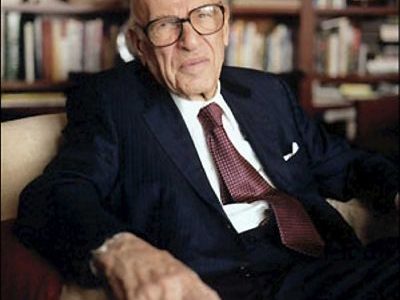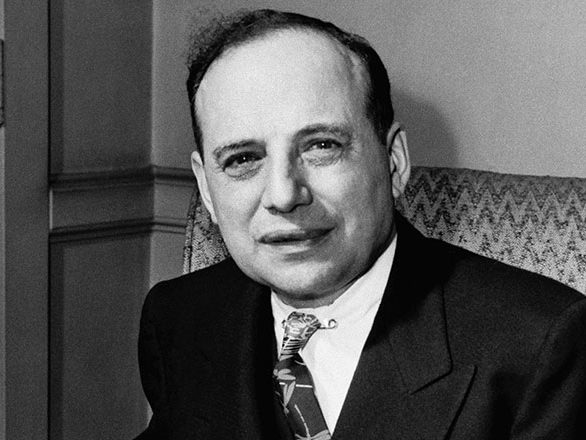Peak Earnings – A Common Value Investing Trap
Peak earnings are a common value investing trap that most often hurts inexperienced investors who look only at the earnings per share and not the underlying driver of those profits. The last big round of peak earnings value traps occurred at the end of the housing bubble. By knowing what to look for, you’ll be better equipped to spot value traps, lowering the chances your portfolio will be damaged by them.












